The world undergoes numerous changes every day, yet we often fail to notice them amidst our daily routines.
Time seems to fly by quickly. As we age and become more familiar with the world, our brains process moments much slower than when we were young. Time continuously alters everything in many ways right before our eyes, making it difficult to recognize. Just in the past few years, the world has experienced significant transformations that may surprise you when you look at the following comparison images:
1. The Glaciers of the Swiss Alps Covered with Tarps
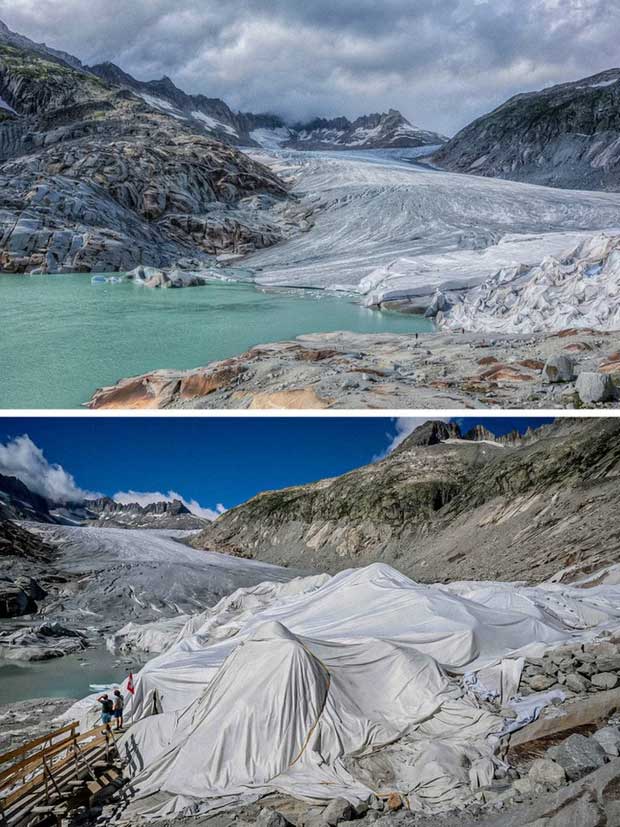
The beautiful Swiss Alps have always been a source of artistic inspiration due to their picturesque landscapes. However, this area is no longer as majestic as it once was, as the Earth is experiencing more and more heatwaves and warmer climates. The Swiss government has decided to preserve the remaining mountains by covering them with massive polyester tarps to block out sunlight.
2. The Dead Sea Eroding from Salt

The Dead Sea is a magnificent saltwater lake in the Mediterranean, known for its super saline waters that allow people and creatures to float. However, its “magic” may literally die as the seawater continues to evaporate at a rate of 0.91 meters per year, revealing more and more salt on the surface.
3. Tawny Owls Changing Color to Adapt to Warmer Climates
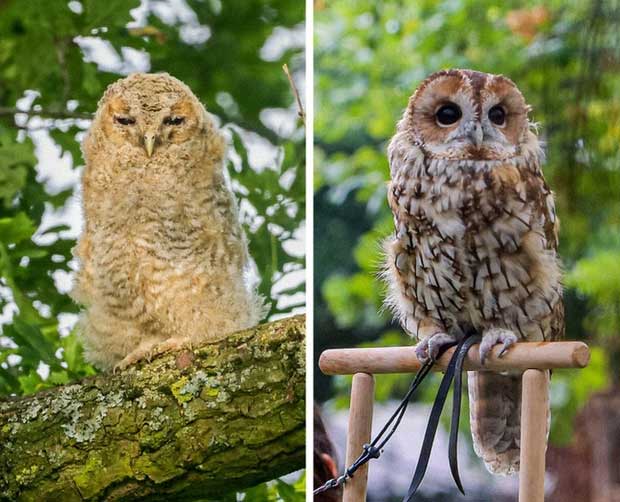
The tawny owl is a common forest owl species found in colder regions. They are born with gray or light brown feathers and dark streaks. Recently, scientists have observed that tawny owls have developed darker plumage to cope with warmer winters. The population of brown tawny owls has increased, while the gray ones are declining.
4. Southeast Asian Beaches Becoming Cleaner
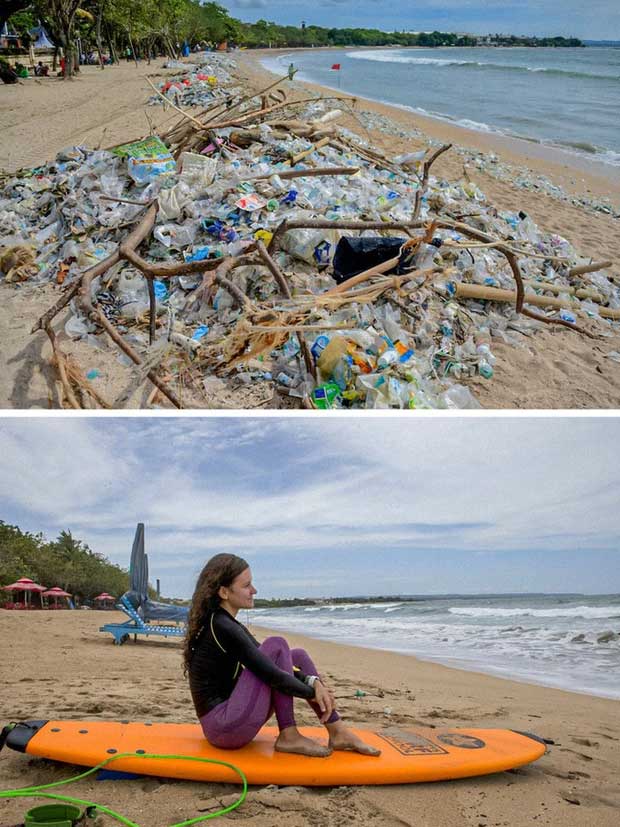
Southeast Asia is renowned for its vibrant tropical landscapes, particularly its beautiful beaches. However, due to excessive tourism, many places have become polluted and overwhelmed with waste.
Recently, beaches have been cleared of plastic waste. Additionally, the impact of the COVID-19 pandemic has significantly reduced tourist numbers, resulting in much less pollution along the coast.
5. Many Places No Longer Offer Large French Fries

Many French fries enthusiasts in France have been disappointed as several food suppliers have adjusted their menus and portion sizes, discontinuing the sale of large fries. This is a consequence of the ongoing global potato shortage. For instance, the fast-food giant McDonald’s has removed the large fries option from the menu in some countries, now only offering a single size of fries.
6. Clouds Becoming Thinner
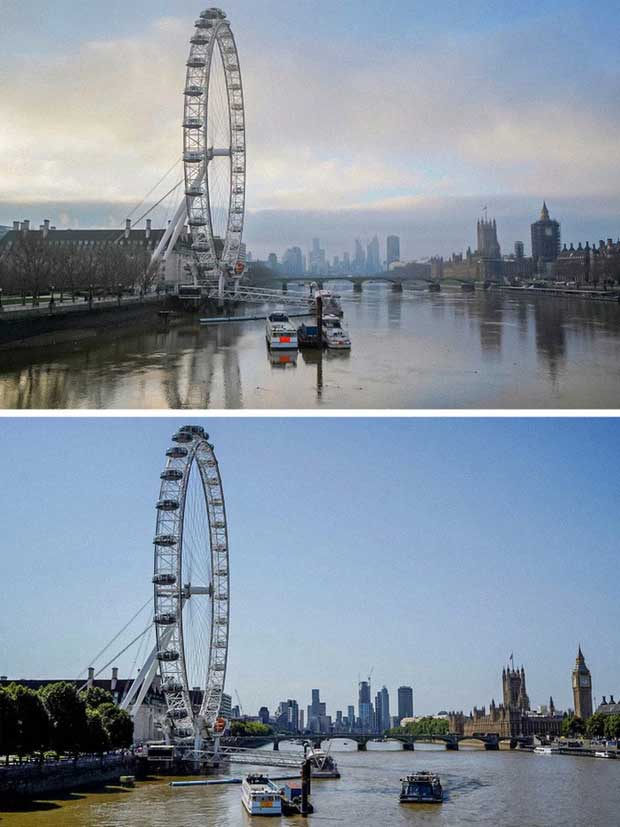
Clouds provide shade to reduce the sun’s heat. These natural sun shields are fading more rapidly as the atmosphere warms. Researchers say that the whitening effect of clouds may soon change, leading to increased warming of the Earth.
7. The Yangtze River Experiencing Drought
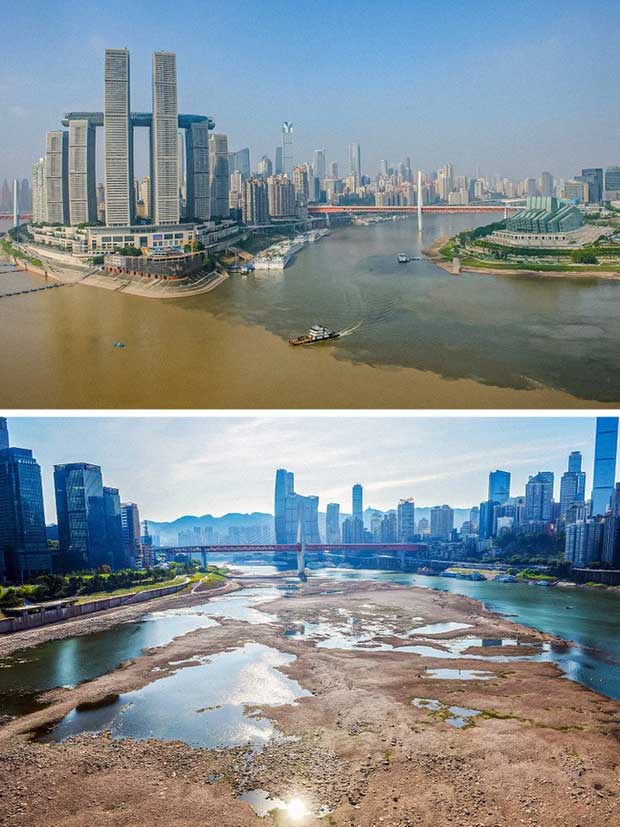
The Yangtze River, one of the largest rivers in China and the longest in Asia, has provided water for 400 million Chinese people over the years. However, it has experienced a rapid decline in water levels over the past three months and is becoming noticeably depleted. Studies confirm that this is a record drought for the river.
8. Maldives Nearing Completion of Floating City Construction to Save Itself

As many know, the paradise destination of the Maldives faces the risk of disappearing entirely in a few decades due to rising sea levels. The Maldives government has decided to tackle the issue itself by starting the construction of an environmentally friendly floating city to combat the laws of nature.
9. The Taj Mahal Almost Completely Covered in Fog
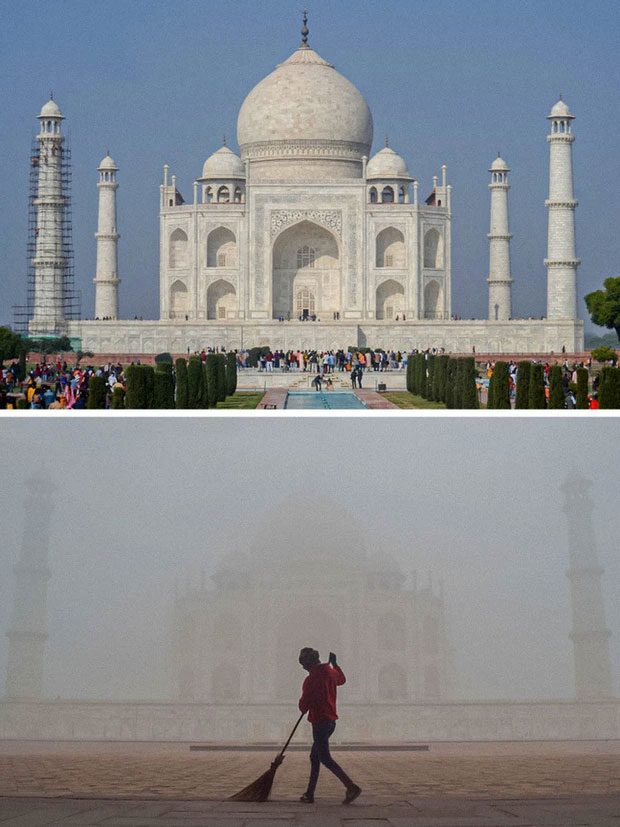
The Taj Mahal is an iconic tourist destination in India. Recently, thick fog has been enveloping the site, making it nearly invisible from a distance. Pollution has also caused the white marble of the palace to turn yellow.
10. More People Owning Pets

The trend of pet ownership is increasing in households worldwide. The percentage of households owning dogs and cats in the United States rose significantly from 67% in 2019 to 70% in 2022.
11. Pandas Recovering from Endangerment

Although they appear on our internet feeds almost daily due to their cuteness, giant pandas were declared endangered by wildlife experts nearly three decades ago. However, thanks to the relentless efforts of panda conservationists, these furry friends have been removed from the high-risk endangered list.
12. Increasing Numbers of People with Poor Vision

In 2021, a total of 2.2 billion people worldwide were reported to have poor vision. This marks a stark contrast to data from 2020, which indicated that only 1.1 billion people had vision problems. Experts point out that lifestyle changes in our technology-driven modern life force us to strain our eyes, leading to faster and more severe vision decline.





















































